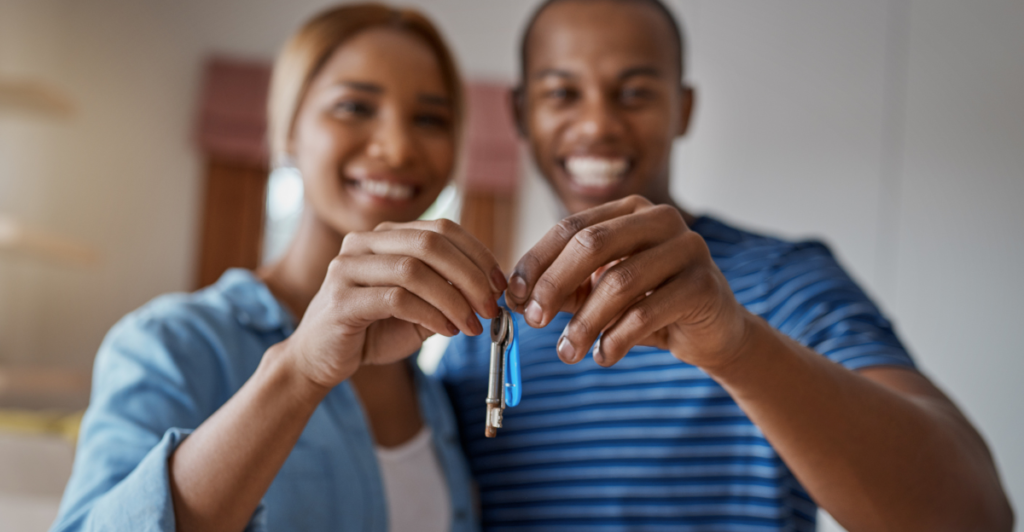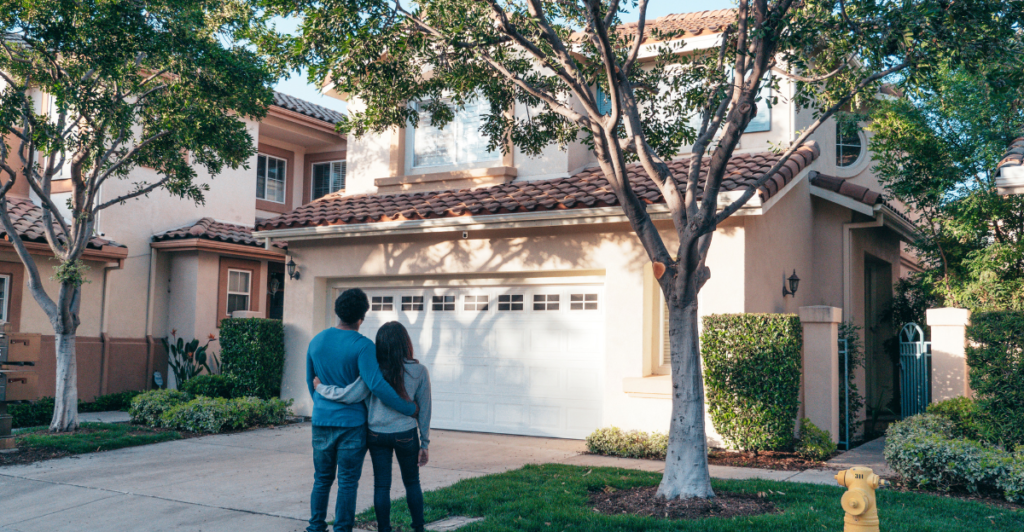Is Homeownership Still Part of the American Dream—Or Just a Fantasy Now?

Becoming a homeowner has long been a cornerstone of the American Dream because it symbolizes economic success, stability, and personal freedom. However, with rising housing costs and mortgage rates, many Americans are wondering if this dream is achievable. Homeownership is an integral part of the American Dream, but its accessibility has become increasingly challenging.
Historical Context of Homeownership

Owning land and property has always represented opportunities for new beginnings and wealth accumulation. After World War II, there was a significant surge in homeownership, which was driven by favorable economic conditions and government policies. This made homeownership an important part of the American Dream, with nearly 60% of Americans owning homes by the 1960s. However, recent economic shifts have made homeownership less accessible.
Current Challenges to Homeownership

Over the years, the housing market has faced many challenges, including high home prices and mortgage rates. In 2025, the average home sale price is approximately $396,900, with fixed-rate 30-year mortgage rates averaging around 6.72%, which is a significant increase from previous lows. This has made it very difficult for young people and lower-income households to enter the market. On top of that, limited inventory, especially for entry-level homes, makes this situation even more challenging for first-time buyers.
Generational Views on Homeownership

Surveys have found that although the majority of Americans still view homeownership as part of the American Dream, this perception varies across generations. Baby boomers are the most likely to see homeownership as integral to the dream, with 84% holding this view. However, younger generations, like millennials and Gen Z, are less likely to view it as essential but still view it as a life goal. This shows us the changing priorities and economic realities faced by younger generations.
Financial Considerations

Financially, homeownership has many benefits, like tax deductions and the potential to build equity over time. However, the initial costs, including down payments and closing fees, can be restricting for many people. Renting has a lot more flexibility and lower upfront costs, though it lacks the long-term wealth-building potential of homeownership. Mortgage rates are fluctuating, which causes changes in homeownership affordability. This impacts the number of households that can qualify for a mortgage.
Alternative Housing Options

Because of the challenges of homeownership, alternative housing options are becoming more popular. These options include tiny homes, prefabricated houses, and co-living spaces, which are more affordable and flexible. Co-living is becoming a trend, providing community-driven living solutions that appeal to young professionals and people looking for sustainable lifestyles.
Regional Variations in Housing Markets

The affordability of homeownership varies greatly across different regions in the U.S. The Midwest and South are generally more affordable for buyers, while the West Coast tends to be better for renting because of high housing costs. Local real estate laws and economic conditions also influence the decision to rent or buy, with some areas experiencing growth in rental options and others seeing an increase in homeownership opportunities.
Impact of Economic Factors

But economic facts, like interest rates and employment stability, also play a huge part in shaping housing markets. Lower interest rates can increase affordability while rising unemployment can reduce the demand for housing. However, the relationship between economic conditions and housing prices is complex, and changes in one area can have varied effects on different regions.
Preserving the American Dream

If we want to preserve homeownership as part of the American Dream, it’s important to address current challenges through policy changes and financial support systems. This includes advocating for affordable housing initiatives, improving access to mortgage financing, and maintaining cultural and economic conditions that encourage homeownership.
Homeownership in 2025

While homeownership is a huge part of the American Dream, its accessibility has become increasingly difficult because of economic and demographic shifts. As the housing market continues to evolve, alternative housing options and regional variations will play a more prominent role in shaping the future of homeownership.
Sources:
Redfin Reports Gen Z and Millennial Homeownership Rates Flatlined in 2024 as Housing Costs Soared
Most people view homeownership as part of the American dream
Rethinking Homeownership as “the American Dream”


